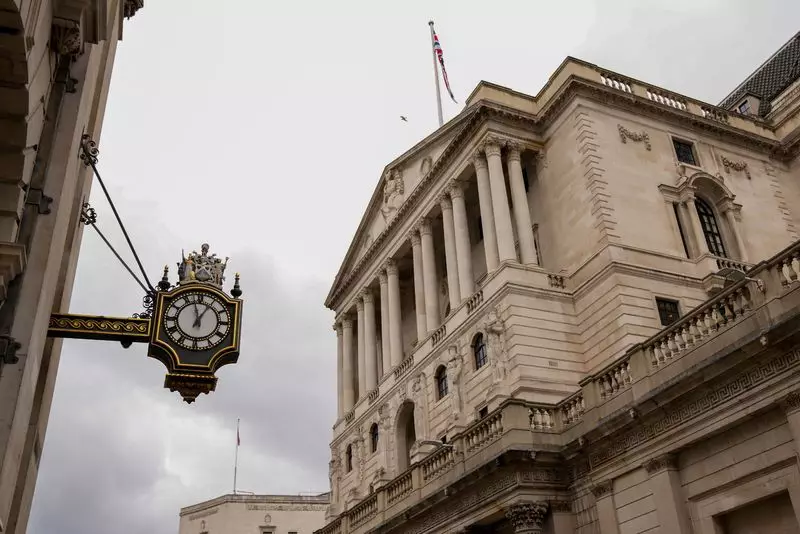The Bank of England made a historic decision to cut interest rates from a 16-year high in a tight 5-4 vote by its policymakers. This move was led by Governor Andrew Bailey, who emphasized the need for cautiousness in the face of uncertainty. The reduction of rates by a quarter-point to 5% marked the first cut since the onset of the COVID-19 pandemic in March 2020, providing a much-needed boost to the UK’s economy under a new government.
Economic Implications
Despite the rate cut, the Bank of England made it clear that this was not the start of a series of rapid reductions in borrowing costs. Governor Bailey stressed the importance of maintaining low inflation levels and avoiding hasty decisions that could have long-term consequences. While most economists expected a cut and financial markets predicted a 60% chance, the actual decision had immediate effects on the currency and bond markets.
Moving forward, the Bank of England plans to evaluate its interest rate decisions on a meeting-to-meeting basis, keeping the door open for additional cuts in the future. Investors are already speculating on the possibility of another rate cut later this year, with predictions suggesting a 55% probability of a move in September. However, the central bank remains cautious about providing specific timelines for future rate adjustments.
Borrowing costs had remained unchanged for almost a year before this rate cut, signaling a period of stability that had not been seen during peak tightening cycles in the past. Members of the Monetary Policy Committee had differing views on the necessity of the rate cut, with the decision ultimately being described as “finely balanced” by some participants. The recent changes in the committee’s composition with new members introduced further complexities to the decision-making process.
Despite returning to the BoE’s 2% inflation target, the UK continues to face challenges in maintaining economic stability. The effects of external factors such as energy prices and global economic trends play a crucial role in shaping inflation metrics. The Bank of England is optimistic about the country’s economic growth in the coming years, with forecasts suggesting stronger expansion compared to other European countries.
Monetary Policy Measures
As the central bank navigates through uncertain economic terrain, it must balance the need for maintaining low inflation with supporting economic growth. Discussions around annual reductions in bond holdings and the potential impact on the gilt market add another layer of complexity to the decision-making process. The BoE’s ability to fine-tune monetary conditions under high-interest rates remains a key strategy for managing inflation and economic stability.
The Bank of England’s decision to cut interest rates reflects a proactive approach to addressing economic challenges while balancing the need for stability. The cautious approach adopted by policymakers highlights the complexity of navigating through uncertain times and the importance of data-driven decisions. As the UK economy strives to recover from the impact of the pandemic, the central bank’s role in shaping monetary policy will play a critical role in determining the country’s future economic trajectory.

